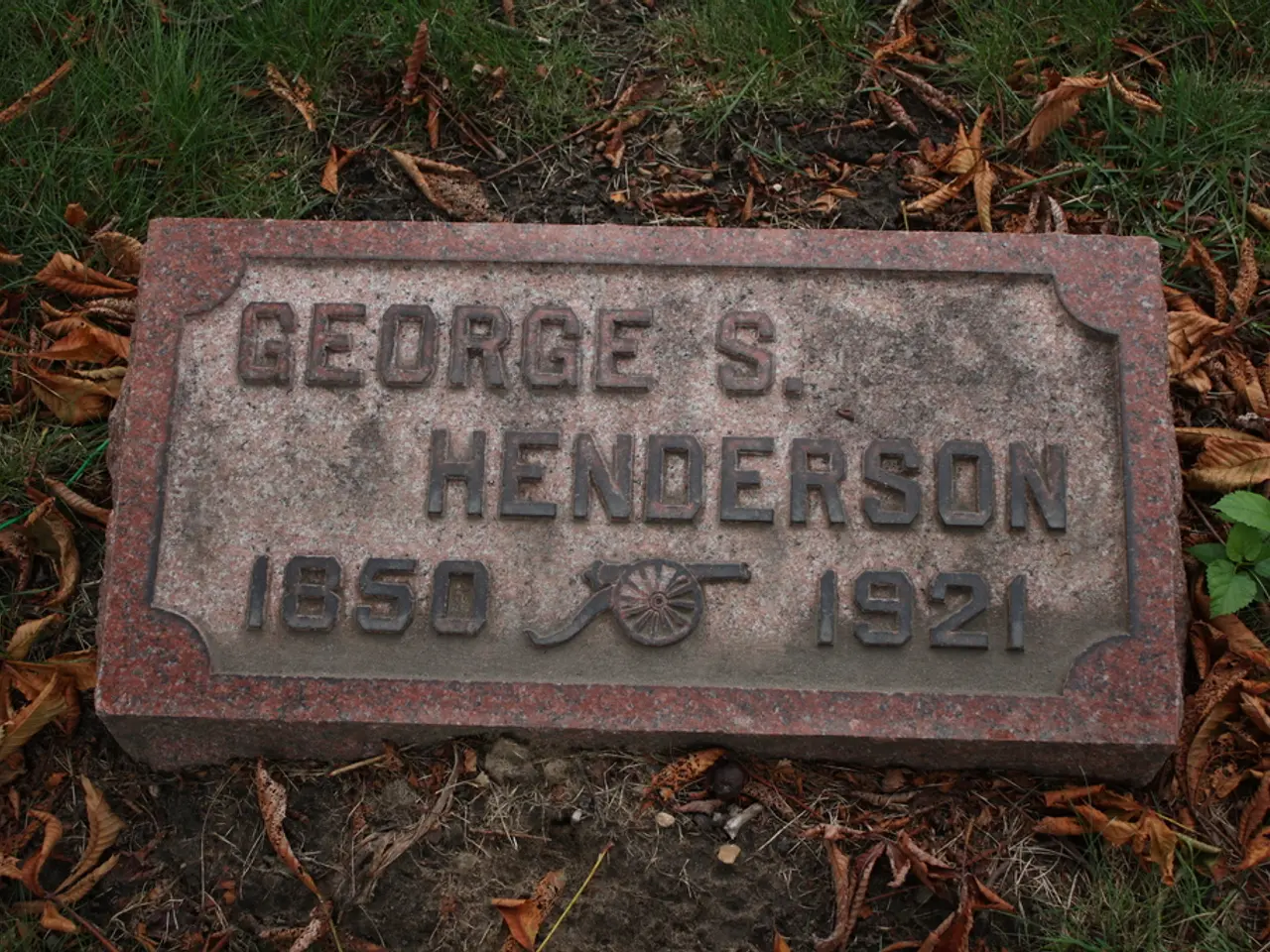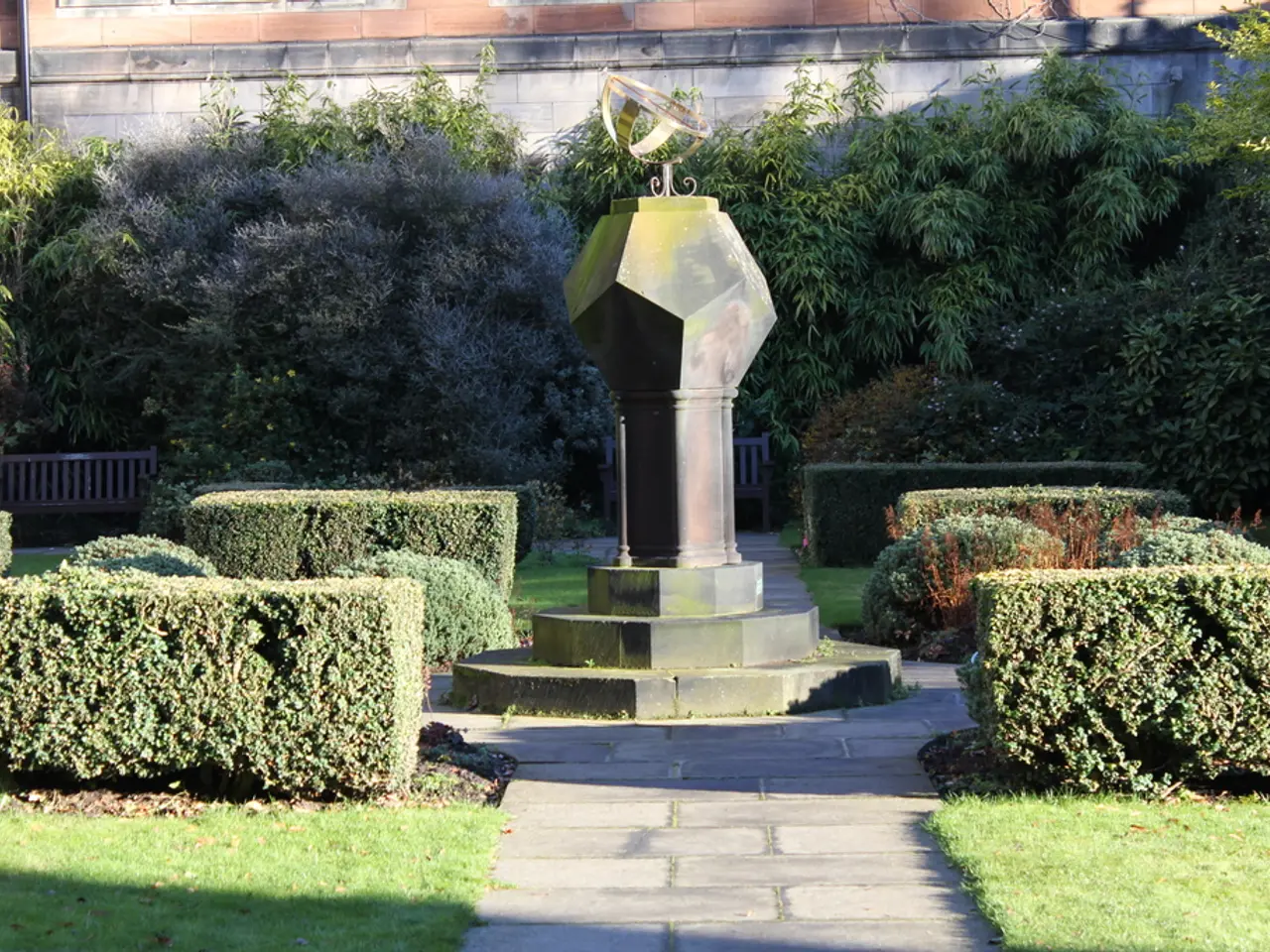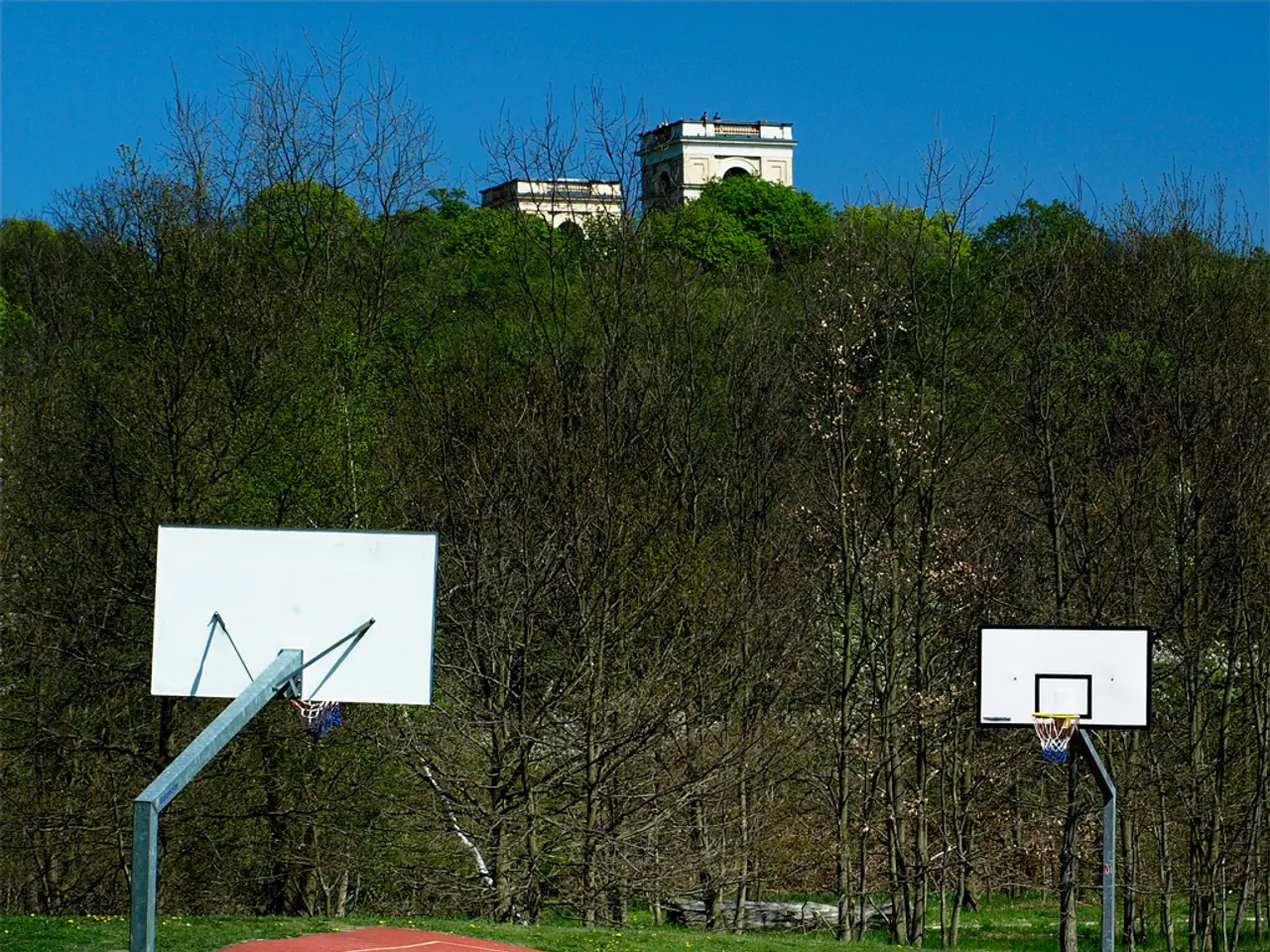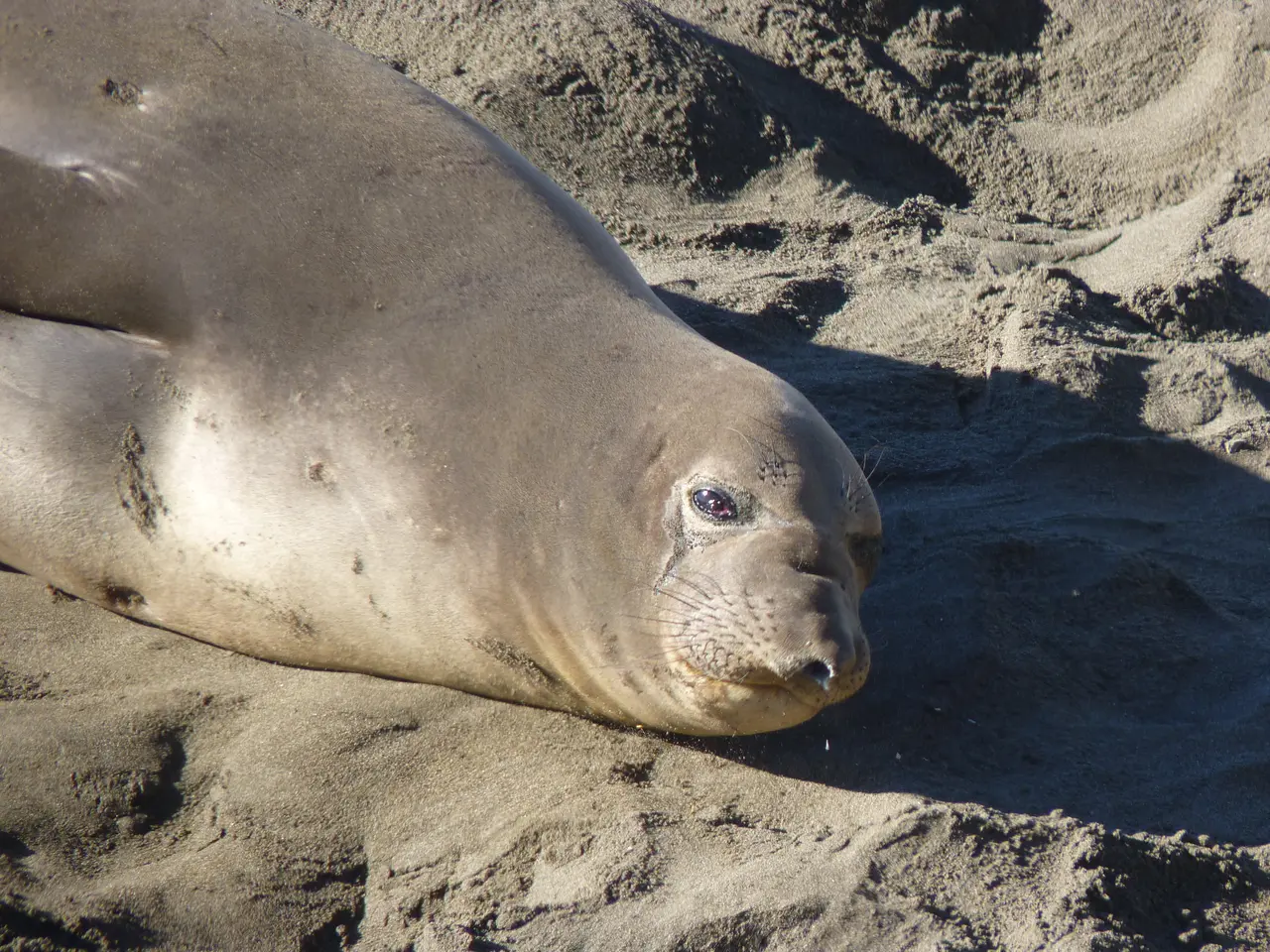Frequent Soil Replacement for Optimal Ming Aralia Plant Growth
In the world of houseplants, the Ming Aralia (Polyscias fruticosa) is a popular choice due to its unique foliage and easy care requirements. One crucial aspect of caring for this plant is ensuring it has the right soil conditions. Here's a guide to help you understand the ideal soil mix, drainage, nutrient requirements, and more.
Soil Preparation
To maintain a healthy Ming Aralia, it's essential to have well-draining, rich, and loose soil. You can achieve this by incorporating perlite, vermiculite, or pumice into your soil mix to improve drainage and aeration. Organic components like pine bark or sphagnum peat moss are ideal for retaining moisture without waterlogging.
Soil Sterilisation
For sterilising the soil to ensure it's free of pests and diseases, you can either bake it in the oven at 200°F for 30 minutes or microwave moist soil for 90 seconds per 2 pounds.
Nutrient Requirements
Ming aralia doesn't require an abundance of nutrients, but it does need a balanced meal. If using a commercial mix, ensure it includes fertilizer or be prepared to supplement with a liquid fertilizer.
Soil Drainage
Proper drainage is crucial for preventing root rot. You can improve it by adding organic matter and grading the soil.
Repotting
Spring is considered the best time to change the soil for your Ming Aralia, as the abundant sunshine will encourage root growth. You should change the soil approximately every 1 to 2 years, or when repotting. This helps refresh nutrients and maintain well-draining, organic-rich soil preferred by the plant.
Watering Techniques
Use the "soak and dry" technique, watering the plant when the top layer of soil is slightly dry. Be careful not to oversaturate the soil. Reduce watering frequency during winter.
Signs of Poor Soil Health
Yellow or pale leaves, stunted growth, and weak roots are signs of poor soil health in plants. Mold growth on the soil surface or a persistent musty odor may be signs of overwatering and poor soil health. Discoloured leaves, wilting within a day or two of watering, and poor growth may indicate unhealthy soil.
Maintaining Soil pH
Ming aralia plants prefer a slightly acidic soil pH, which falls in the range of 6.0 to 7.0. Regular monitoring and adjustments of soil pH are essential for the plant's health and growth. High or low soil pH can affect the plant's ability to absorb nutrients, leading to nutrient deficiencies.
Soil Testing
Soil testing kits or laboratories can provide information on soil pH, nutrient levels, and organic matter content. Wood ash or lime can neutralize high acidity in soil.
Avoiding Common Issues
Clubroot can affect plants of the Brassicaceae family and prevent planting susceptible crops for at least 7 years. To avoid this, ensure you're not using soil that may contain clubroot spores.
By following these guidelines, you can create the perfect soil mix for your Ming Aralia, ensuring it thrives and grows healthily in your home.
- By incorporating well-draining, rich, and loose soil with the right nutrients, homeowners can sustain a healthy Ming Aralia in their home-and-garden, harmonizing soil health and their lifestyle.
- To maintain the plant's health and promote its unique foliage growth, it's essential to administer proper soil care, including regular testing, sterilization, and scheduled repotting – practices that contribute to both lifestyle convenience and successful home-and-garden cultivation of the Ming Aralia.




